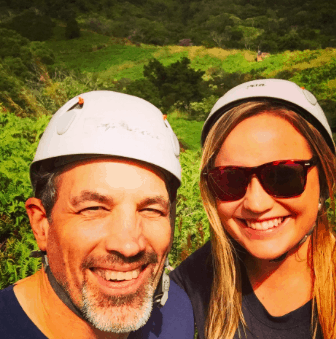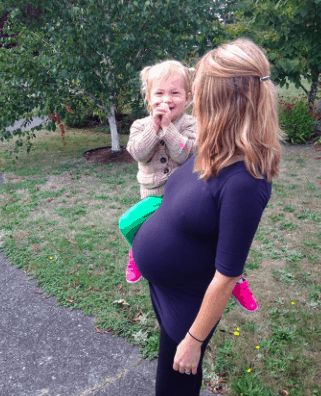10 Tips for Parents + Teachers To Activate Powerful Learning This Year

For the last year, we’ve been cultivating a popular Smart Parents blog series on GettingSmart.com and The Huffington Post. This past week we published the book, Smart Parents: Parenting for Powerful Learning by Bonnie Lathram, Carri Schneider and Tom Vander Ark (available for purchase on Amazon) featuring more than 60 Smart Parents stories, insights and tips from parents, along with expert commentary, all about creating powerful learning experiences for and with children. Throughout the course of the blog series and book writing, we’ve talked with educators and parents (and many parents who are also educators!) and have distilled some of our top lessons and best practices for parents and educators working together this year.
It’s Back to School Time, so how can parents and educators work together to activate powerful learning?

5 Tips for Teachers
Communicate the good news. Use whatever communications strategy is part of your overall plan for your school or classroom. Make sure you share successes and let parents know what they can build on, and reinforce, at home.
Listen to parents. Invite and create opportunities for parents to come in to the school and participate in authentic assessments, reviews of student work (for example, the annual “parent night” should have examples of student work visible for parents to see) and have parents sit on panels and provide feedback to their students (for example, at performance-based assessments).
Create learning plans with the parents. Provide resources and ideas for parents to work with their students on a learning plan. You could provide lists of questions that parents could ask their children and ideas for parents to extend the learning at home.
Genuinely involve parents in the coursework. When I was a classroom teacher, one of my favorite assignments was to ask students to interview parents about their family history. To kick off a “Who Am I Project” for the 9th grade, students were asked to interview family members about their own history and background. From the information distilled from their parents, students then developed a line of inquiry to deepen the project.
Teach parents about personalized learning. Talk with parents about your approach, and the school’s approach, to personalize learning. In what ways are you allowing for student interest to guide learning? In what ways are you allowing students to work at their own pace and demonstrate learning in different ways? In what ways do students have ownership over their own learning? In what ways do you encourage anytime and anywhere learning? Communicate and talk with parents about how you as the teacher and the school are doing this, and what parents can do at home to encourage personalized and student-centered learning.

5 Tips for Parents
Advocate. We’ve learned that parents can and should be powerful advocates for their kids. Some of our favorite and most popular blogs in the Smart Parents series have been about the role of parents in advocating for their own individual children and also for change to the school system.
Be ready to help your kids learn anytime and anywhere. Many daily experiences can be a learning opportunity. As Tom Vander Ark, one of the co-authors of the book, wrote, “There’s never been a better time to learn–for parents and children–but the constant stream of decisions (like every time you pick up your smartphone) can be daunting. We learned that Smart Parents are intentional about creating powerful learning–turning the most mundane car ride into a learning journey and using dinner table conversations to guide reflection.”
Be a coach. Co-author Carri Schneider wrote, “Parents recognize powerful learning experiences when they see them. Think about teaching your kid to ride a bike. That’s something you can’t do for them. You can create the conditions for them to succeed and give them your best coaching, but ultimately they have to do it themselves. Kids are most motivated to learn to ride a bike (or stop using diapers) because it’s something they want to learn to do.”
Trust your instincts. You know your children better than anyone else. Carri wrote, “If something feels out of alignment with what you know is best for your kid, it probably is. When you see your child experiencing true joy in learning, identify what it is about that experience and find more of that!”
Model the way. We know parents are children’s first teachers. When it comes to nurturing a growth mindset and fostering social and emotional learning, parents really do model our own handling of emotions as well as how we show handling frustrations and learning opportunities.

Finally, if you are a teacher or an educator, share your story. We’d love to hear from you.
Please share “a-ha” moments, breakthroughs or challenges you’ve faced related to parent engagement in learning. Continue the conversation at #SmartParents and share your story about powerful learning for and with your children to [email protected] with the subject line “Smart Parents.”
This blog is part of our Smart Parents blog series and book, Smart Parents: Parenting for Powerful Learning in partnership with The Nellie Mae Education Foundation. For more information, please see our Smart Parents: Parenting for Powerful Learning page and other blogs in the series:







0 Comments
Leave a Comment
Your email address will not be published. All fields are required.